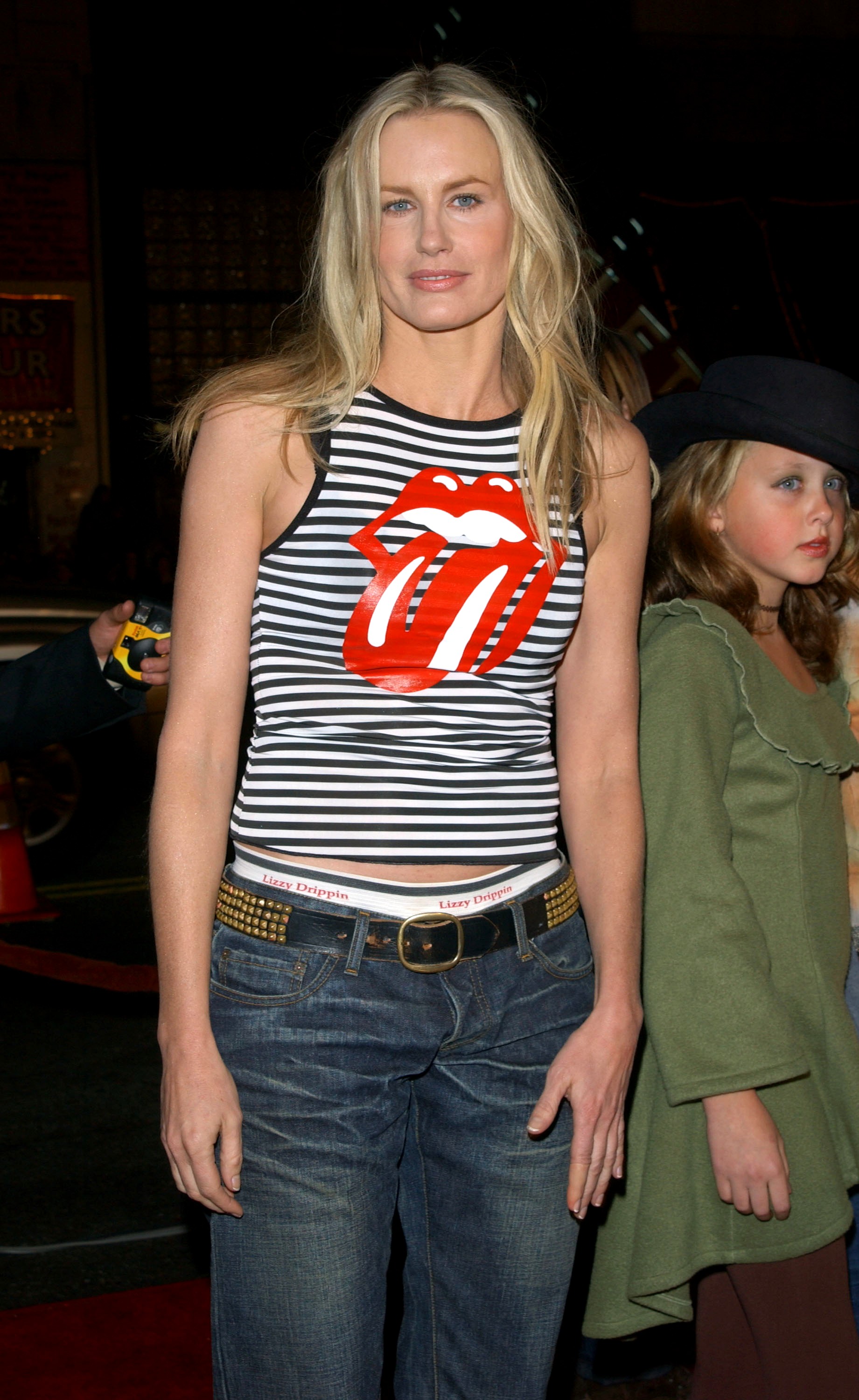In episode 2, Joshua discussed how Disney Plus used CGI to cover Daryl Hannah's naked butt in the movie Splash. While this may sound like a trivial issue, it raises important questions about content censorship and audience expectations in modern streaming services.
The Controversy Surrounding Daryl Hannah's Splash Scene
Daryl Hannah, an acclaimed actress and environmental activist, gained fame for her role as a mermaid in the 1984 film Splash. The movie, which also starred Tom Hanks, featured a scene where Hannah's character appears nude. This scene became iconic, symbolizing the freedom and beauty of her character. However, when Disney+ released the film on its platform, the company opted to digitally alter the scene, covering Hannah's nudity with CGI.
This decision sparked debate among fans and critics alike. Some argued that altering original content undermines artistic integrity, while others believed it was necessary to align with contemporary standards. Disney's choice reflects a broader trend in media: balancing historical authenticity with current societal norms.
A Look at Daryl Hannah's Career and Impact
Beyond her role in Splash, Daryl Hannah has left an indelible mark on Hollywood. Her career spans decades, featuring memorable performances in films such as Blade Runner, Steel Magnolias, and the Kill Bill series. In addition to her acting prowess, Hannah is known for her activism, particularly her efforts to promote environmental sustainability.
Interestingly, Hannah's personal life has also captured public attention. She married musician Neil Young in a private ceremony, further cementing her status as a cultural icon. Despite her success, Hannah remains grounded, often sharing candid insights into her experiences in the entertainment industry.
Disney+'s Approach to Content Censorship
Disney+ has faced criticism for editing classic films to remove nudity or other potentially controversial elements. For example, the streaming service altered scenes in Splash to ensure they adhered to family-friendly guidelines. While this move aims to protect younger viewers, it has drawn backlash from those who value preserving original works.
Disney's strategy highlights the challenges of catering to diverse audiences. On one hand, the company seeks to maintain its reputation as a family-oriented brand. On the other hand, it risks alienating fans who appreciate unaltered versions of beloved movies. As streaming platforms continue to grow, finding a balance between accessibility and authenticity will remain a key concern.
The Broader Implications of Nudity in Media
The debate over nudity in media extends beyond individual films like Splash. It touches on deeper issues regarding representation, censorship, and cultural values. Some argue that nudity can be empowering, celebrating the human form and challenging traditional taboos. Others contend that excessive exposure desensitizes society and perpetuates unrealistic beauty standards.
In today's digital age, where images and videos are readily accessible, discussions about nudity have taken on new urgency. Platforms like Instagram and Apple TV must navigate complex legal and ethical landscapes when deciding what content to host. Meanwhile, creators like Daryl Hannah face pressure to conform to evolving norms while staying true to their artistic visions.
Conclusion
Disney+'s decision to edit Daryl Hannah's Splash scene underscores the ongoing tension between preserving artistic expression and meeting audience expectations. As technology advances and societal attitudes shift, the media landscape will undoubtedly continue to evolve. Whether these changes enhance or hinder our appreciation of classic works remains to be seen.
In any case, the world continues to grapple with questions of censorship, representation, and creativity. By engaging in thoughtful dialogue, we can work toward solutions that honor both tradition and progress.

